Fish pond in Xuan Du valley of Mr. Ha Van Dong.
Winding along the relatively small and narrow village roads, we finally reached the farthest valley in Xuan Du commune. From afar, it was easy to see a mountain area covered in cool green by acacia forests, bamboo forests, fruit trees, rows of ornamental peach trees and a whole hillside planted with galangal for commercial purposes. In his worn-out work clothes, the owner of the comprehensive economic model, Mr. Ha Van Dong, enthusiastically led the guests to visit the entire production area. On the high mountain are forestry trees according to the production forest model, which the State has allocated land for 50 years. On the fertile red soil hills, rows of jackfruit, macadamia, and grapefruit trees of all kinds have now spread out, bearing fruit on the branches.
He also took us to visit an industrial chicken farm that is raised using high technology right at the foot of the mountain, cool all year round. The chickens raised are colored-feathered chickens, produced under a contract with Japfa Comfeed Vietnam Co., Ltd. The chicken breeds, feed, and materials are supplied by the company, with technical guidance. Each batch of 13,000 chickens, but the food and water for the chickens only need 1 worker to pour into the car outside the coop, the machinery system will supply to each line to avoid the situation of people entering and leaving with pathogens. Standing right at the chicken farm, there is almost no bad smell like a traditional farm because the farm floor is covered with biological bedding, mixed with microorganisms to deodorize. After each batch of chickens for about 3 months, all waste from the coop floor is composted into organic fertilizer to provide nutrients for the plants on the farm. According to Mr. Dong, with only 1,300 square meters of barn, this chicken raising activity is the production stage with the highest income in the farm, reaching about 900 million VND per year.
Taking advantage of the water source from the small stream flowing from the mountain, in 2020, he built a dam and built a 1-hectare spillway to raise fish. The water source is clean and there is an abundance of grass and trees, so each year the family harvests 5 to 7 tons of grass and bighead carp. This is also the place to store daily irrigation water for all the fruit trees and galangal hills below through a system of pipes leading from the lake.
To have the property as it is today is a part of a lifetime of efforts, striving to reclaim the barren valley of Mr. Ha Van Dong's family. According to him, from 1991-1992, the State had policies and called for planting forests to cover bare hills and develop production forests. While surveying, he saw that many areas of barren land in the mountainous area of Xuan Du still had no one to take on the contract, so he boldly bid for the renovation.
“When I was young, I was excited to get rich, so I and two friends from Giat town, Trieu Son district (old) came here to take on land contracts to start a business. At first, there was no road, no electricity, the conditions were extremely difficult, and there was no source of income. After a few years, the two friends returned to Trieu Son to find other jobs, and I was the only one left. Then, my journey of planting forests and improving hilly land continued tirelessly, I brought my whole family to build tents, develop production, and raise livestock,” said Mr. Dong.
According to Mr. Dong, due to having to invest too much in roads and production infrastructure, he exhausted his capital, had to borrow from many places, and at one point thought he would have to give up. In 2007, he had to temporarily put aside his journey of renovating the wild hills to work for more than a year, then take the capital back to continue investing. The livestock raised in the valley is an annual source of income for him and his family to use in the short term to support the long term, continue to renovate the wild land, and develop production.
For more than 30 years of reviving the barren land and remote hills, Mr. Ha Van Dong has now covered dozens of hectares of forest land with green, and 3.5 hectares of low hillside land is an area for comprehensive farm economic development. This production area on the hill and mountain, between the stream and the forest has become a typical model of agricultural and forestry economic development in Xuan Du commune. In recent years, he has been building his farm in the direction of circular organic production, producing clean products to compete for market output. All fertilizers on the farm are organic fertilizers from the livestock process. The galangal crops from there have also grown well, bringing in income twice a year, with a total revenue of about 400 million VND. The 8-year-old grapefruit garden has also been purchased by traders coming to the farm thanks to its delicious, sweet fruit quality. Growing without toxic chemical pesticides, under the canopy of fruit trees he always maintains from 60 to 100 bee colonies, earning nearly 100 million VND each year from selling colonies and honey.
According to the farm owner's calculations, the family's total annual revenue is more than 3 billion VND. Currently, the model creates stable jobs for 5 workers with an income of 5 to 7 million VND/person/month and about 10 seasonal workers. Once he has achieved success and experience, he is willing to share and support breeds and techniques for households developing farms in the area to link into a strong production chain.
Article and photos: Linh Truong
Source: https://baothanhhoa.vn/thung-lung-hoi-sinh-253870.htm


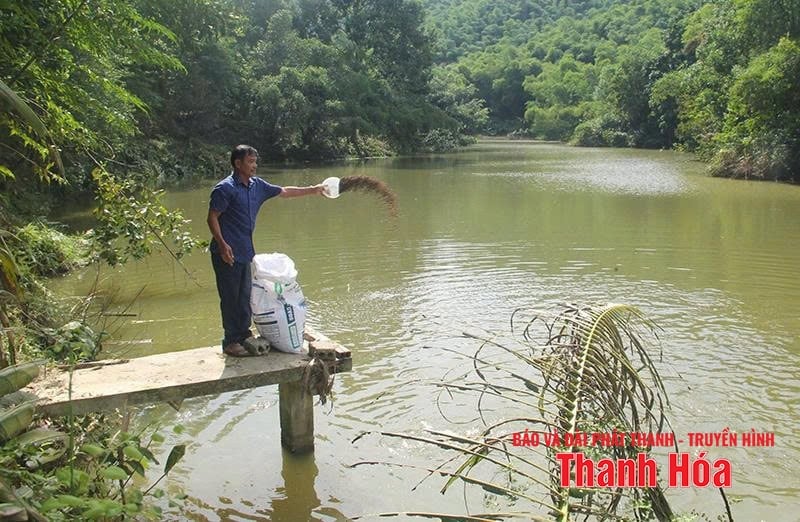

![[Photo] National Assembly Chairman Tran Thanh Man attends the VinFuture 2025 Award Ceremony](/_next/image?url=https%3A%2F%2Fvphoto.vietnam.vn%2Fthumb%2F1200x675%2Fvietnam%2Fresource%2FIMAGE%2F2025%2F12%2F05%2F1764951162416_2628509768338816493-6995-jpg.webp&w=3840&q=75)


![[Photo] 60th Anniversary of the Founding of the Vietnam Association of Photographic Artists](/_next/image?url=https%3A%2F%2Fvphoto.vietnam.vn%2Fthumb%2F1200x675%2Fvietnam%2Fresource%2FIMAGE%2F2025%2F12%2F05%2F1764935864512_a1-bnd-0841-9740-jpg.webp&w=3840&q=75)

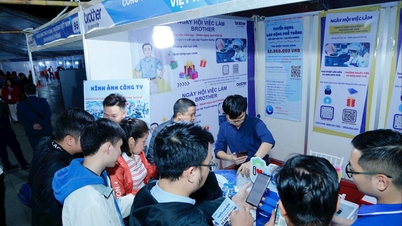



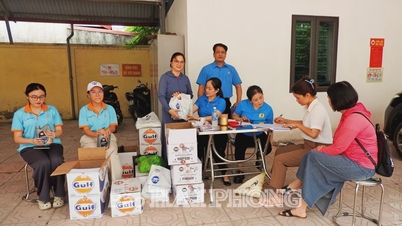
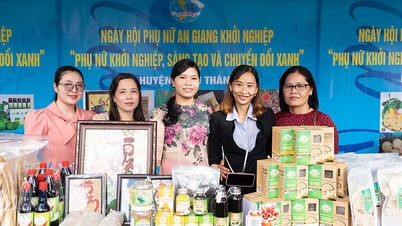

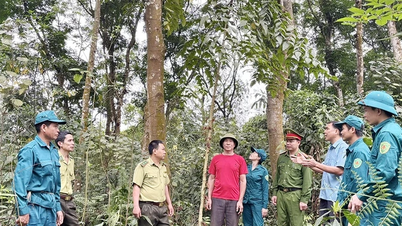

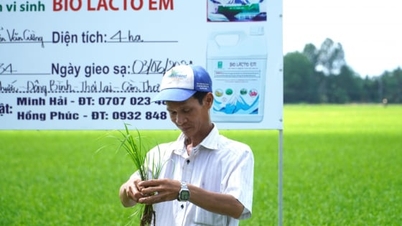

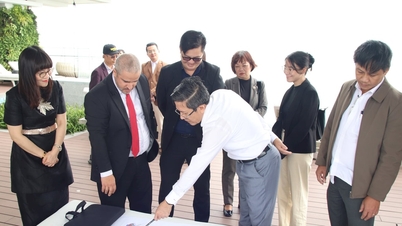

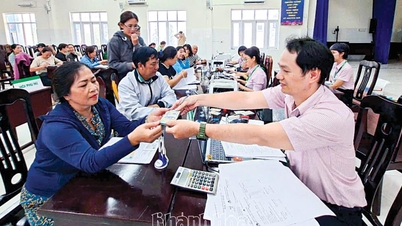



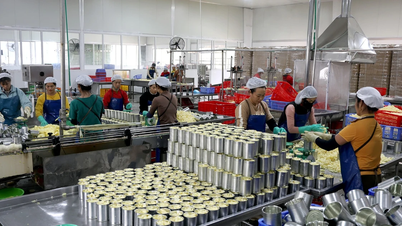
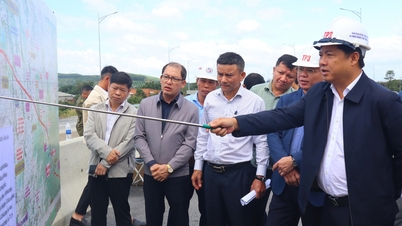

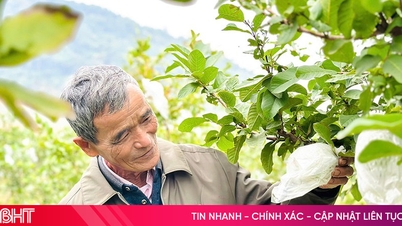





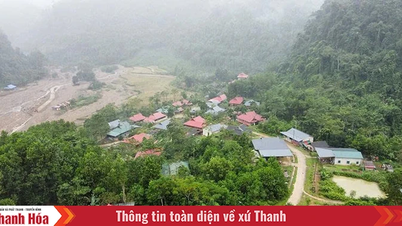
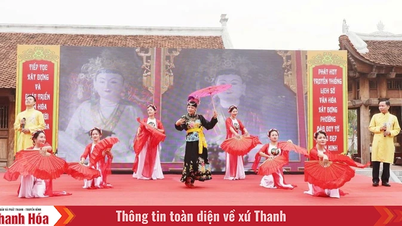
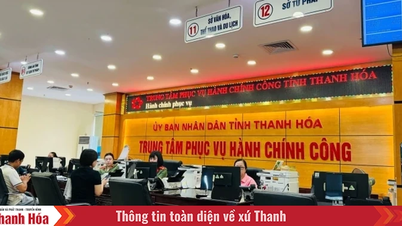
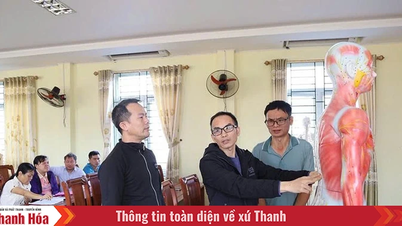
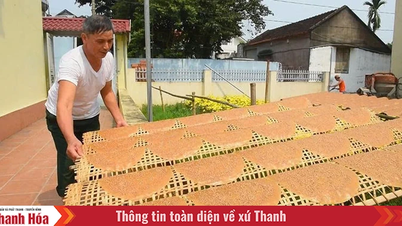
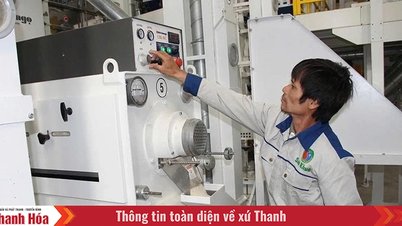

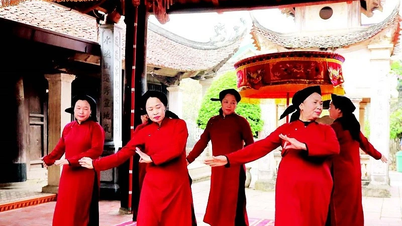

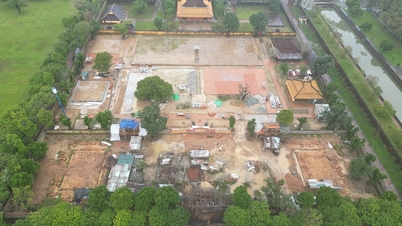





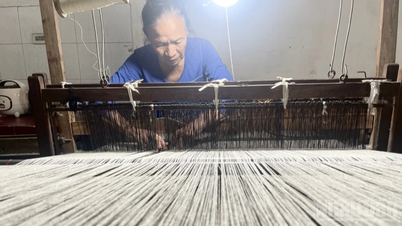
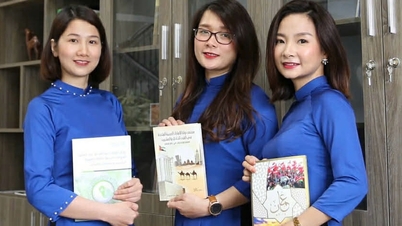

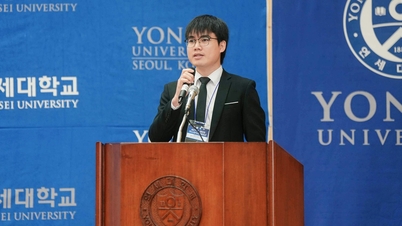










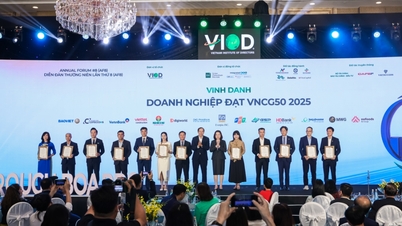
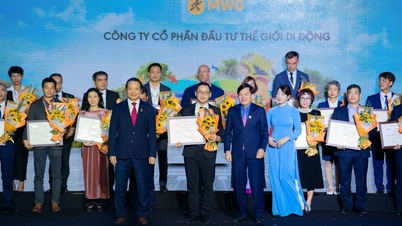
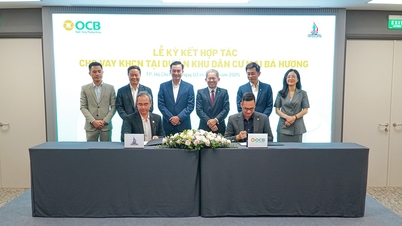
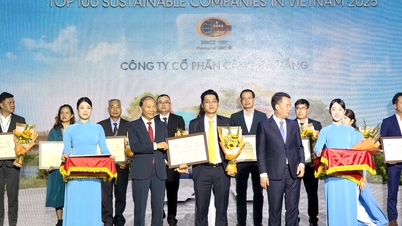
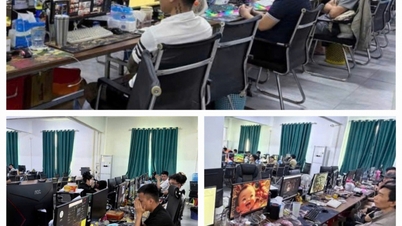






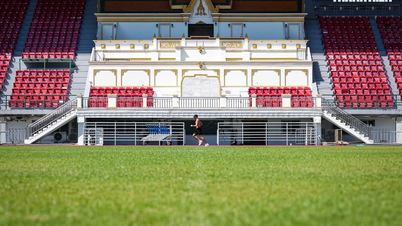

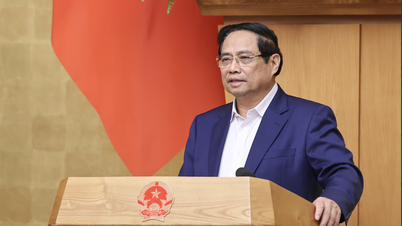

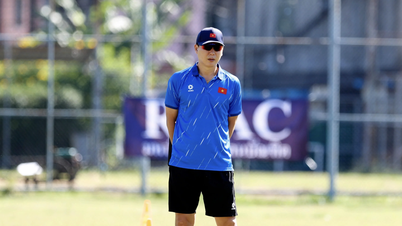
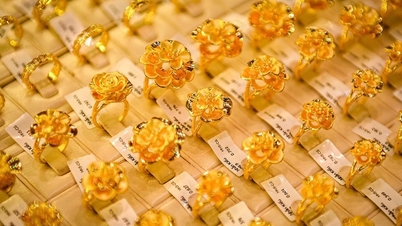
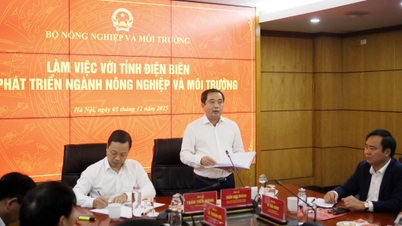
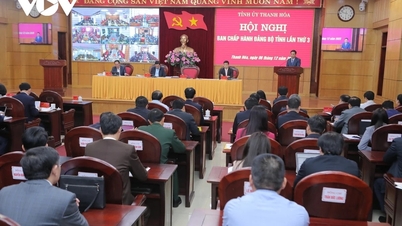





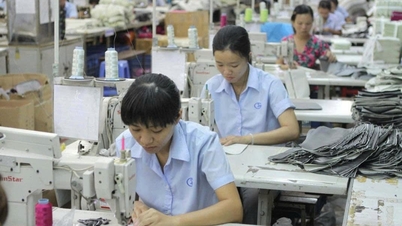


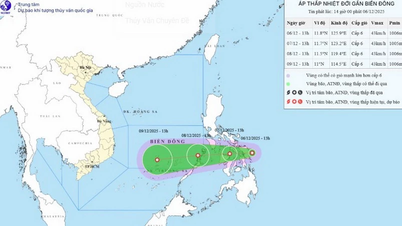

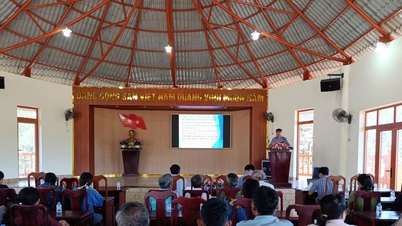

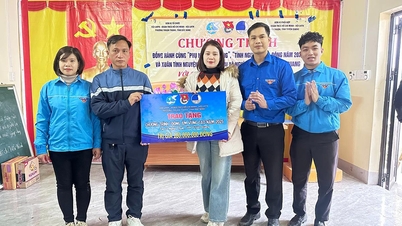

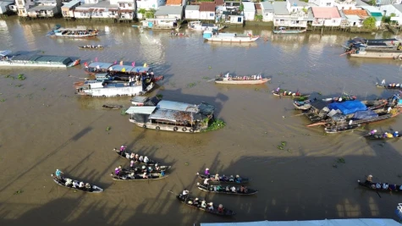

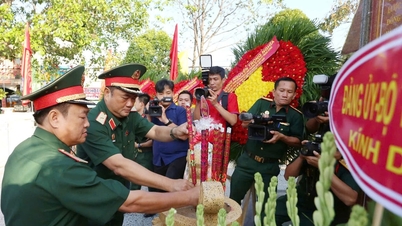












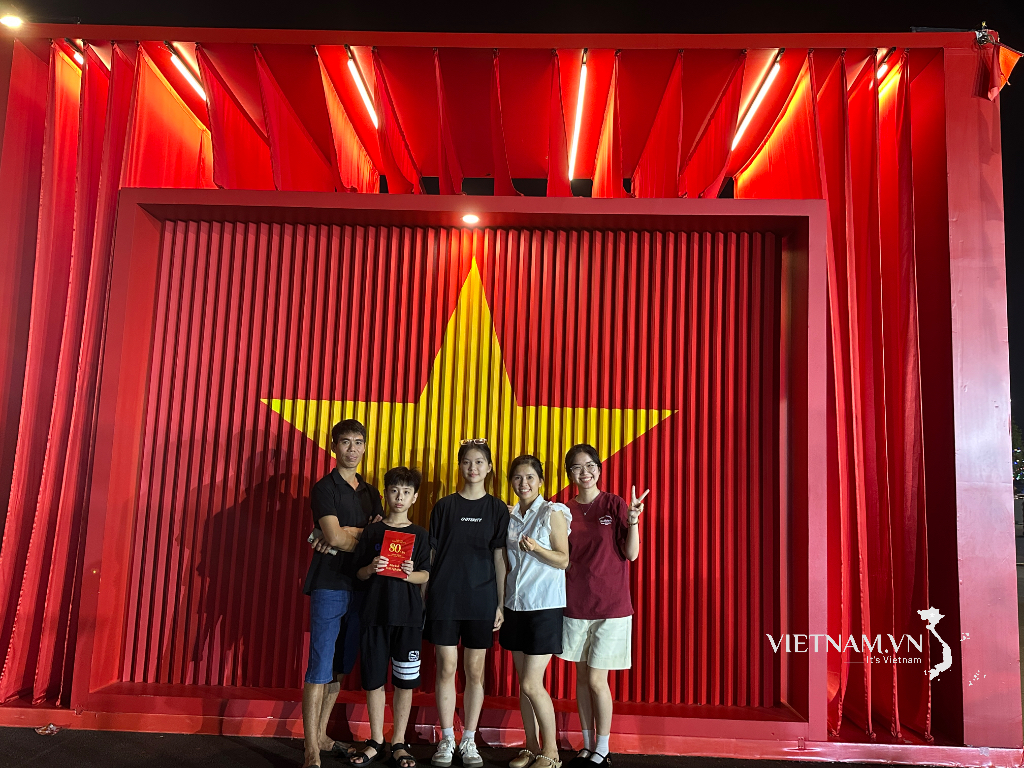




Comment (0)